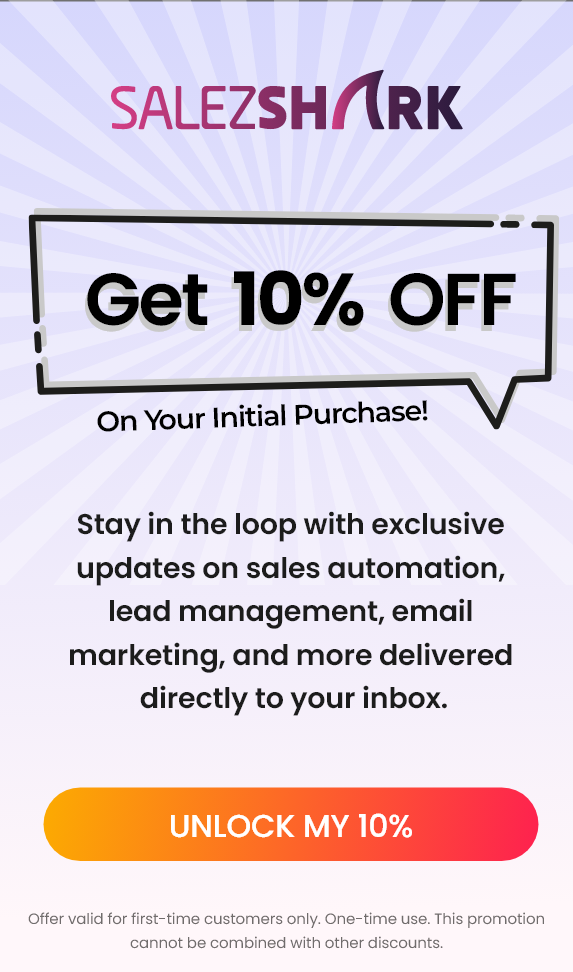When it comes to reaching out to potential customers, businesses often debate between cold calling and cold emailing. Both methods have their advantages and disadvantages. So, let’s explore cold calling vs cold emailing and see which might be more effective for your business.
What is Cold Calling?
Cold calling involves calling potential customers who haven’t expressed any interest in your product or service. You make these calls with the hope of turning them into leads or customers. Cold calling is direct and personal, but it also has its challenges.
Advantages of Cold Calling:
Immediate Feedback
When you call someone, you get instant feedback. You can quickly gauge their interest and respond to their questions on the spot.
Personal Connection
Speaking directly to a person allows for a personal touch. You can build rapport and adjust your pitch based on their responses.
Direct Interaction
You can handle objections, explain benefits, and guide the conversation in real-time, which can be very effective in building trust.
Disadvantages of Cold Calling:
Interruptive
Cold calls can interrupt people’s daily routines, which might lead to negative responses. Many people find unsolicited calls intrusive.
Time-Consuming
It takes a lot of time to make individual calls, and you might face a lot of rejections before finding a potential lead.
Limited Reach
You can only call one person at a time, which limits the number of people you can contact in a given period.
What is Cold Emailing?
Cold emailing involves sending emails to people who haven’t previously interacted with your business. It’s a less direct method than calling but can be effective when done right.
Advantages of Cold Emailing:
Scalable
You can send out thousands of emails at once, reaching a larger audience compared to cold calling.
Less Interruptive
Emails don’t interrupt people’s day as calls do. Recipients can read and respond to emails at their convenience.
Trackable
You can easily track open rates, click-through rates, and other metrics to measure the effectiveness of your campaign.
Disadvantages of Cold Emailing:
Lower Response Rates
Emails might get lost in a crowded inbox or end up in the spam folder, leading to lower response rates compared to calls.
Less Personal
Emails lack the personal touch of a phone call. It can be harder to build a connection through written text alone.
Delayed Feedback
You don’t get immediate feedback. It may take time to get responses, and you can’t address objections in real time.
Comparing Cold Calling vs Cold Emailing
So, how do cold calling vs cold emailing stack up against each other?
Cold Calling vs Cold Emailing: Time and Efficiency
Cold emailing is generally more efficient when you need to reach a large number of people. You can send out bulk emails and manage responses without spending a lot of time on each individual contact. Cold calling requires more time and effort per contact but can offer more immediate results.
Cold Calling vs Cold Emailing: Personal Touch
Cold calling has the edge when it comes to personal interaction. The direct conversation allows you to build rapport and address questions or concerns immediately. On the other hand, cold emailing is less personal but can still be effective if the email is well-crafted and targeted.
Cold Calling vs Cold Emailing: Response and Engagement
Cold calls often get a higher immediate engagement because you are speaking directly to the person. However, many people are not receptive to unsolicited calls. Cold emails, while less engaging initially, allow recipients to respond at their own pace, which can sometimes lead to higher-quality interactions.
Also Read- Strategies for Turning Ice-Cold Leads into Hot Opportunities
Which is More Effective?
The effectiveness of cold calling vs cold emailing depends on your specific goals and audience. If you’re looking for immediate feedback and a personal touch, cold calling might be the way to go. It’s particularly useful for complex sales or high-value deals where personal interaction can make a significant difference.
On the other hand, if you need to reach a large audience efficiently and you’re okay with a slower response rate, cold emailing can be more effective. It’s also useful for generating initial interest and then following up with personal calls.
Conclusion
In the debate of cold calling vs cold emailing, there isn’t a one-size-fits-all answer. Both methods have their own strengths and weaknesses. Ideally, a combination of both strategies might be the best approach. You can use cold emailing to reach a broad audience and cold calling to follow up on the leads that show interest. By understanding the benefits and limitations of each method, you can tailor your approach to better suit your business needs and goals.

